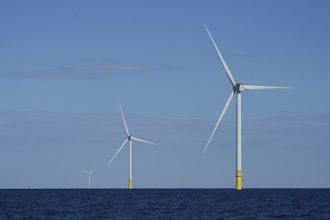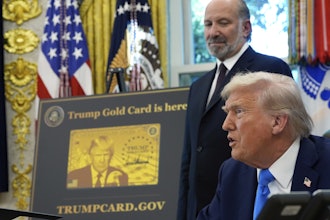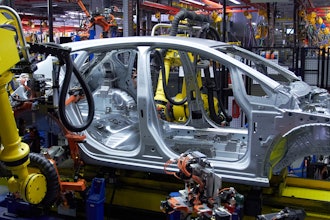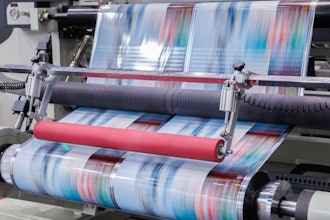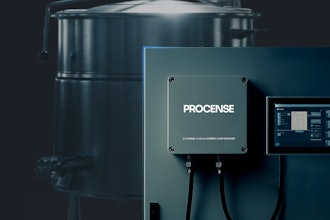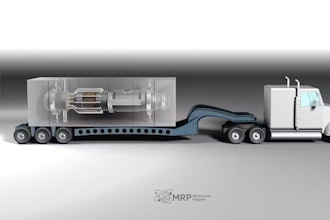
WASHINGTON (AP) — U.S. wholesale inflation cooled last month, despite worries that President Donald Trump's tariffs would push prices higher for goods before they reach consumers.
The Labor Department reported Wednesday that its producer price index was unchanged last month from May after rising 0.3% the previous month. June wholesale prices rose 2.3% from a year earlier, the smallest year-over-year gain since September. Both measures came in below what economists had expected.
Excluding volatile food and energy prices, so called core producer prices were also unchanged from May and up 2.6% from June 2024.
The report on wholesale inflation arrived a day after the Labor Department reported that consumer prices last month rose 2.7% from June 2024, the biggest year-over-year gain since February, as Trump's sweeping tariffs pushed up the cost of everything from groceries to appliances.
Consumer prices and producers prices do not always move in tandem, however.
Bradley Saunders, North America economist at Capital Economics, saw some signs of the impact of Trump's tariffs in a 0.3% increase in core wholesale goods prices. Furniture prices rose 1% from May and home electronics 0.8%, he noted. Both of those types of goods are heavily imported.
But producer prices at steel mills fell 5.5% despite Trump's hefty 50% tax on imported steel.
Some companies bought products before Trump rolled out his tariffs and have relied on those inventories to keep a lid on prices. But Saunders warned that those inventories are running low and that Trump plans to impose stiff tariffs (such as 25% levies on Japanese and South Korean imports) starting Aug. 1.
"We are not out of the woods yet,'' Saunders wrote in a commentary.
The producer price report showed that auto retailers' profit margins dropped 5.4%, suggesting that car dealers were eating the cost of Trump's 25% tariff on some imported cars and auto parts. That might explain why new vehicle prices fell last month in the consumer price report Tuesday.
"We doubt that auto retailers will continue to absorb the tariffs indefinitely,'' wrote Samuel Tombs, chief U.S. economist at Pantheon Macroeconomics, "but they have room to fall a good deal further after they surged during the spike in sales as people sought to get ahead of tariffs on imported vehicles.''
Wholesale prices can offer an early look at where consumer inflation might be headed. Economists also monitor the report closely because some of its components, notably measures of health care and financial services, flow into the Federal Reserve's preferred inflation gauge — the personal consumption expenditures, or PCE, index.
Inflation began to flare up for the first time in decades in 2021, as the economy roared back with unexpected strength from COVID-19 lockdowns. That prompted the Fed to raise its benchmark interest rate 11 times in 2022 and 2023. The higher borrowing costs helped bring inflation down from the peaks it reached in 2022, and last year the Fed felt comfortable enough with the progress to cut rates three times.
But it has turned cautious this year while it waits to see the inflationary impact of Trump's trade policies. Trump has aggressively stepped up pressure on the Fed to cut rates, which has been seen as a threat to the central bank's independence.












